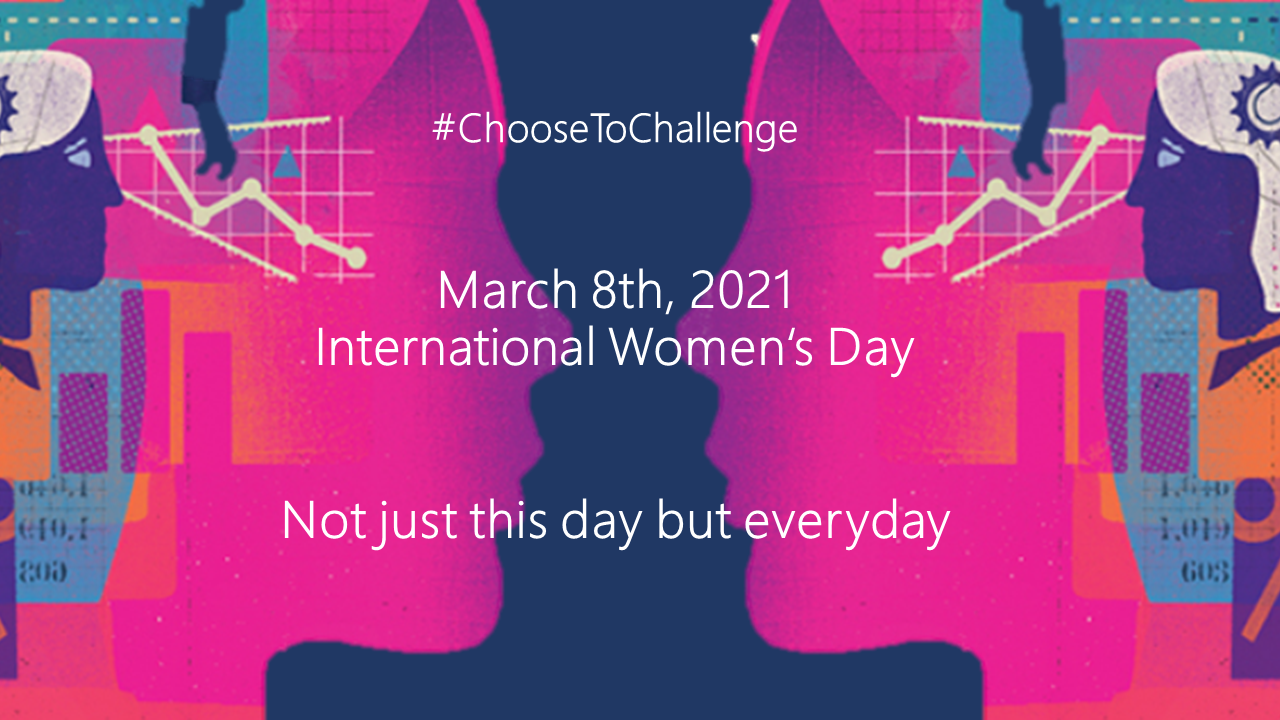It continues to be the world’s greatest ever leadership challenge, but what has the Covid crisis revealed about the prospects for female leaders now, and in the future?
No crisis has ever put leadership under such severe scrutiny, with the stakes literally a matter of life and death.
Although we are far from being out of the crisis, nor can we really predict what the end game will look like, but are there conclusions to be drawn from who did the best job? Particularly along gender lines?
Certainly, there have been comments about the notable performance of certain female leaders.
The media were quick to associate female-led countries with managing the crisis better. From there, it was a quick jump to conclude that the superior performance reflects well-established gender differences in leadership.
Angela Merkel’s, Jacinda Ardern, and Tsai Ing-wen all grabbed their own particular positive headlines, at one time or another. (The pandemic has certainly taught us that just because you might have been a success in spring, there’s no guarantee you will still be so in autumn.)
What actually drives leadership performance?
As HBR Analytic Services points out, leadership performance based on gender needs careful investigation.
For example, “scientific studies show leaders typically account for around 30% of the variability in a group’s (including a nation’s) performance. This is not trivial but suggests a range of things determine outcomes unrelated to the leader.”
Every nation, and its leader, faced the Covid-19 crisis with its own mix of advantages and disadvantages.
For example, high levels of obesity seem to have led to elevated levels of fatalities. The leader had to deal with what they found, unless they had been in charge for a long time and could be said to have more influence on the state of the nation heading into the pandemic.
Another factor to consider is that having a woman in charge might mean the country hadn’t just elected one female talent. It was likely to have a different culture that had probably already reduced sexism, boosted inclusivity, and removed the glass ceilings blocking competent women from reaching the top. Which means that, unlike many countries, they hadn’t ignored 50% of its talent pool and thus suffered from having fewer, talented leaders.
Higher standards expected of women
We all know that women leaders are held to a higher standard. They have to work much harder to climb the ladder of success. The result? Women end up being more qualified and more talented when they finally achieve those leadership roles. Perhaps the high-performing countries are benefitting from those higher standards for women.
Extra pressures, added burdens for women
No discussion of the heights of female leadership can be complete without mentioning the opposite situation. For too many women, career progress has been derailed as the crisis unfolded.
The pressures brought on by the lockdown were disproportionately felt by women. The issues are familiar. Juggling work with home life has always been an issue and potential career blocker. As schools closed, there was the extra 24/7 pressure of caring for children, their home schooling and welfare. All whilst carrying a dramatically-increased workload and suffering economic insecurity. These additional burdens were further exacerbated for women from minority communities.
Stress, anxiety and burn-out are commonplace and some women have already chosen to downshift or have left the workforce completely.
The long-term risk is that the progress of women through to the higher rungs of leadership won over the past decade might be lost.
On a positive note, HBR Analytic Services further observes that the women who do well through this crisis might well be the ones to set the bar for the whole notion of woman leaders. They might even redefine what ‘good leadership’ looks like for decades to come.
Could this possibly be the moment when old-fashioned leadership archetypes give way to more pragmatic and meritocratic models of leadership?
Will this be the real ‘lead back better’ moment?
Certainly, we know the power of role models for those who feel excluded from the mainstream.
Real examples of success and possibilities can stoke aspiration and strengthen motivation.
Of course, it will take plenty of hard work too: creating cultures that are committed to an equitable pathway for women to become leaders, with clear career pathways, genuine mentors and significant role models. Plus enlightened, inclusive and clear-minded recruitment and retention plans.
Finding the best available talent
At Odgers Berndtson, our goal is to help clients specify roles in such a way that delivers the deepest and most diverse pool of talented people. That is what we call the Unlimited approach and it’s also why we are committed to Germany’s Diversity Charter.
The argument is as true in leading a business as it is in leading a nation: without considering all of the best talent out there, how do you know you’re really appointing the best person for the job?
To discuss how our unlimited thinking can help your leadership and talent strategy find the best leadership talent, please get in touch.



